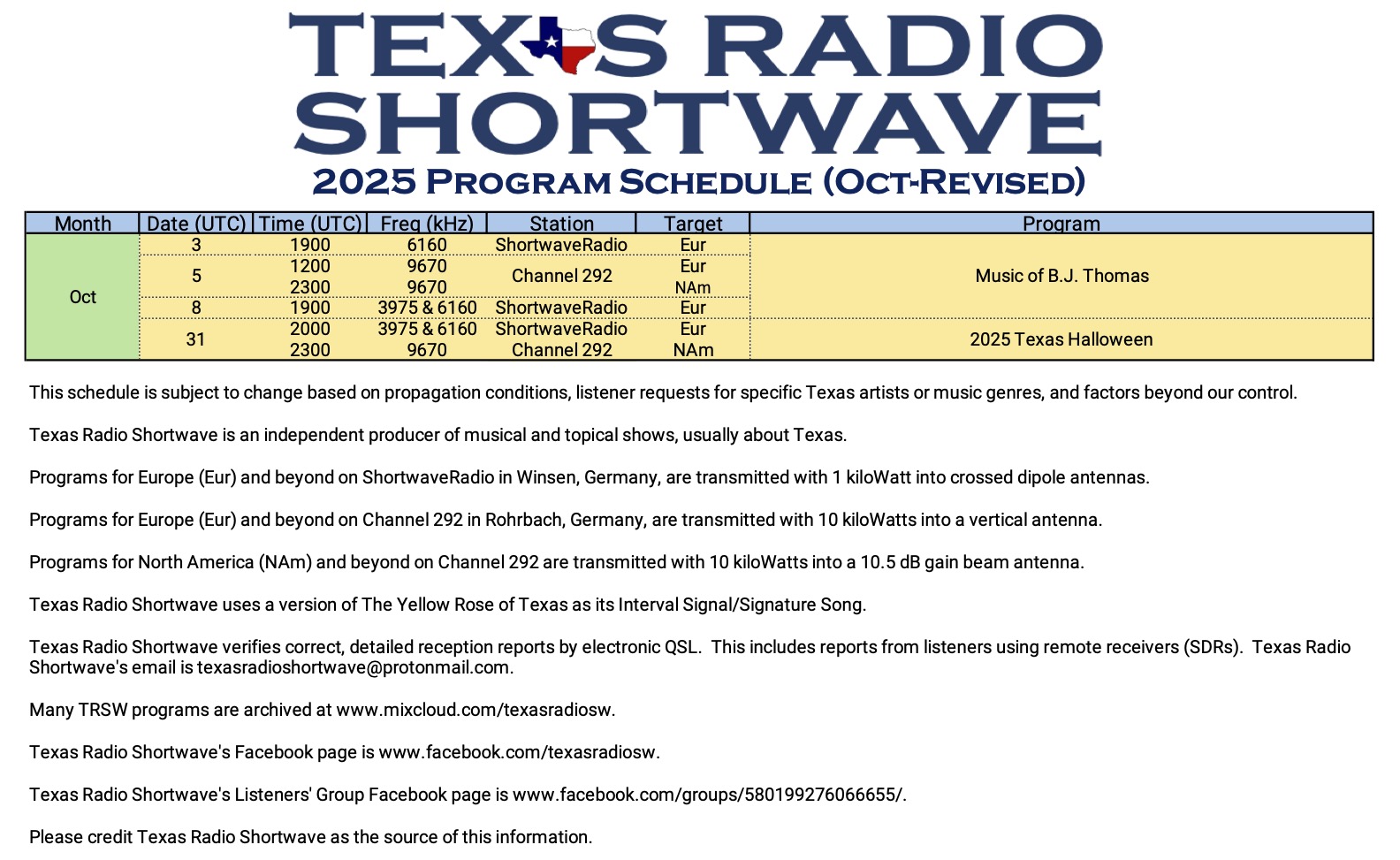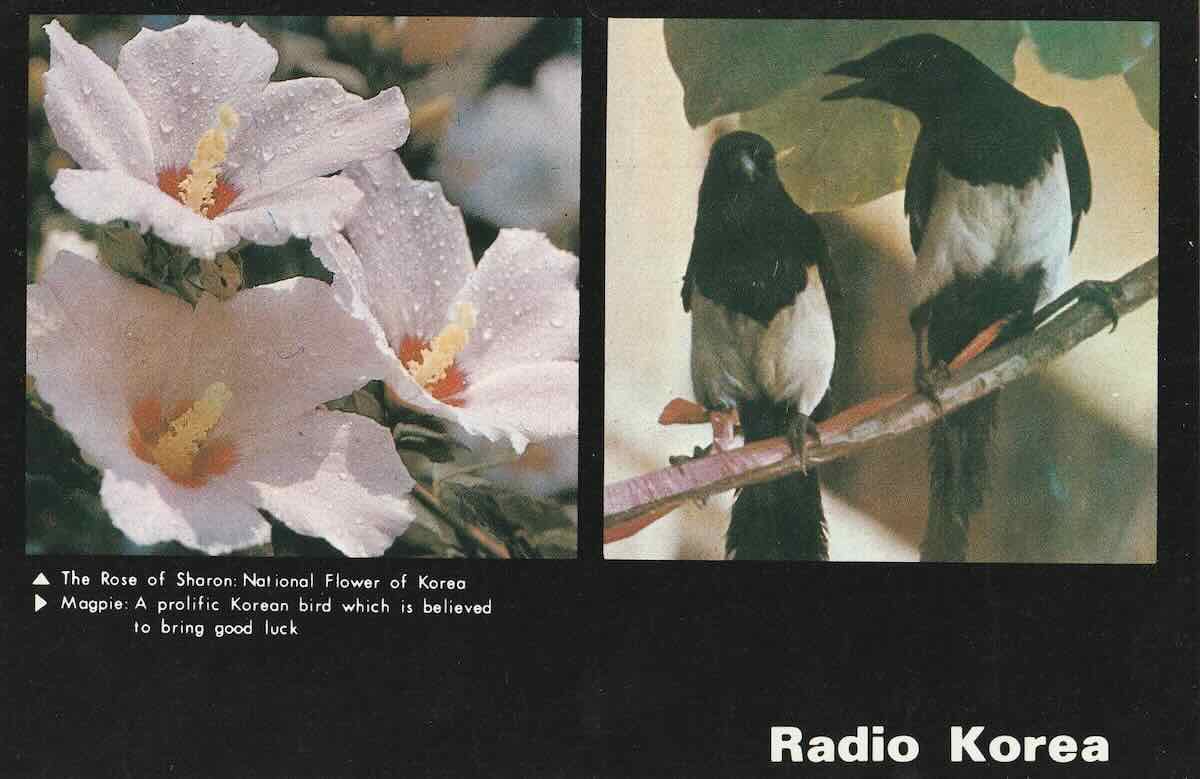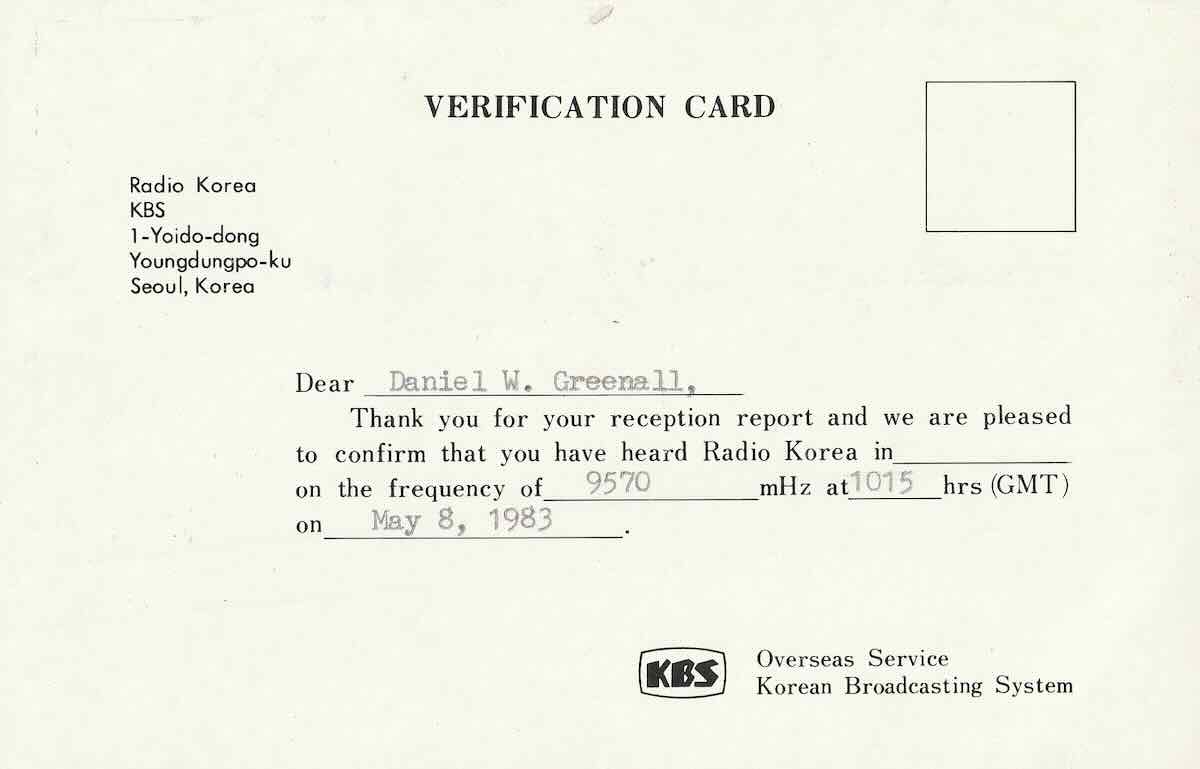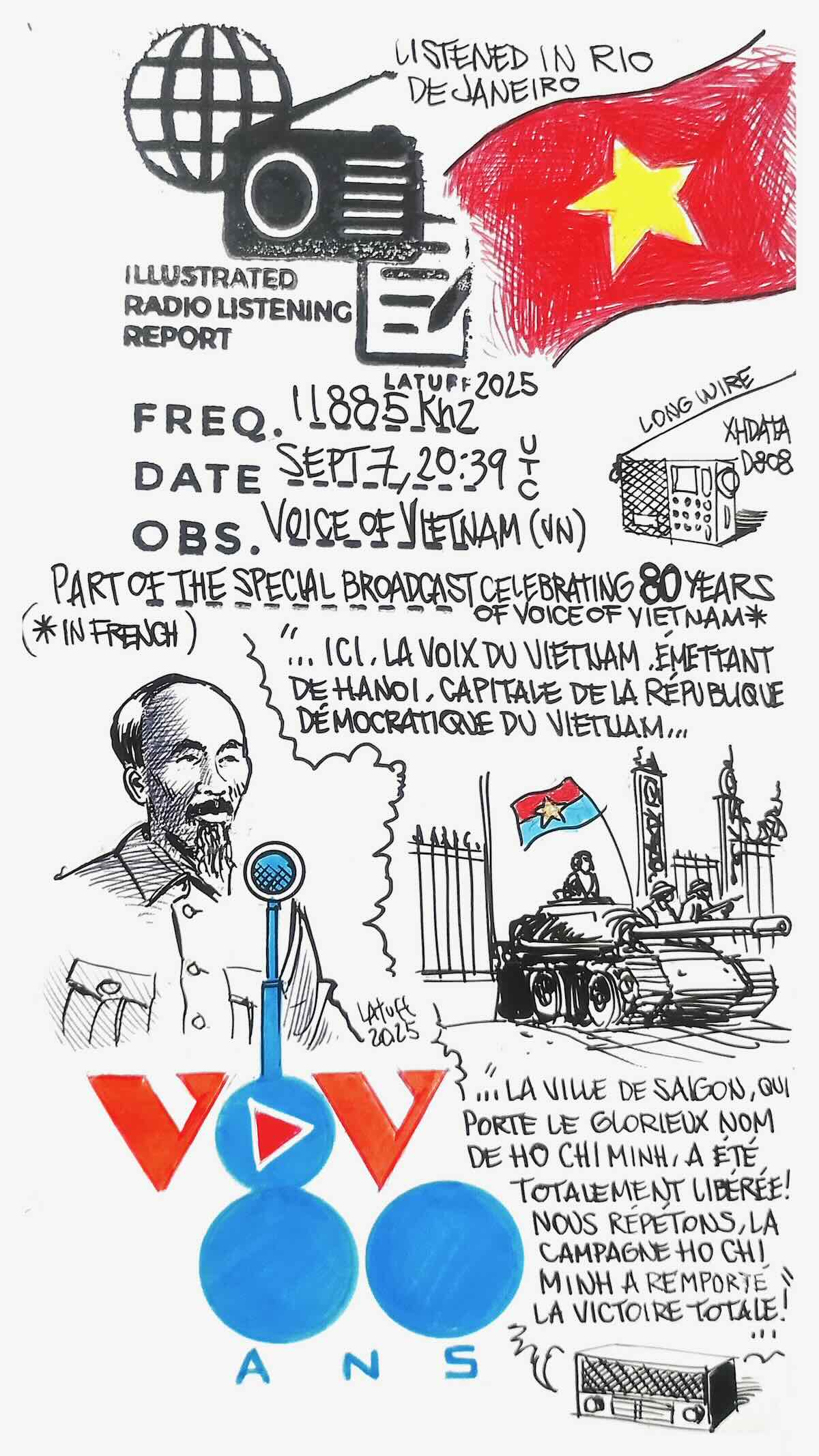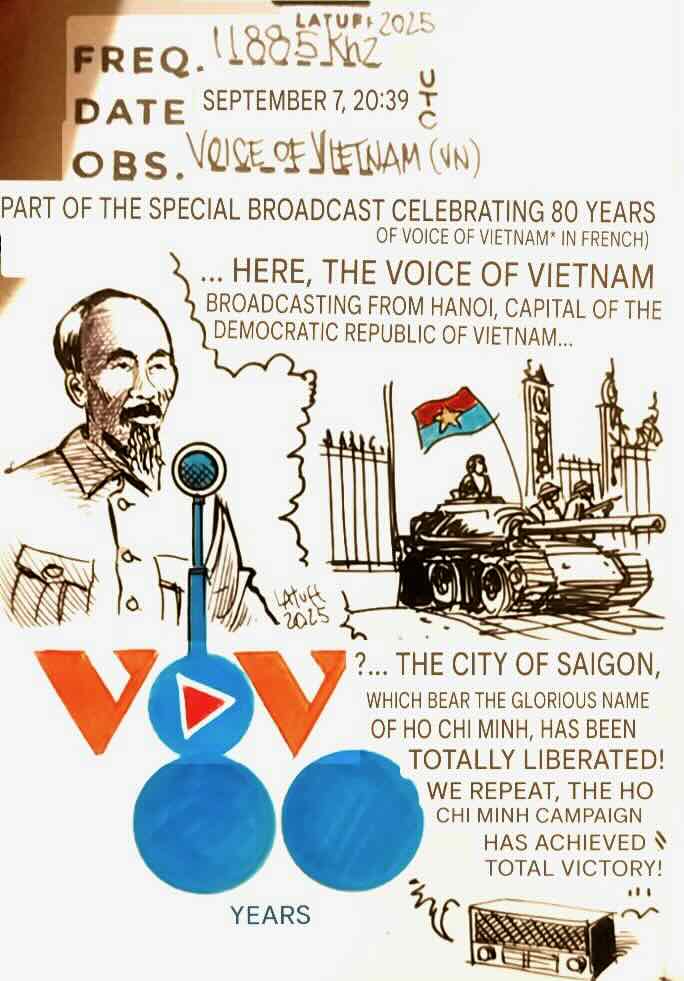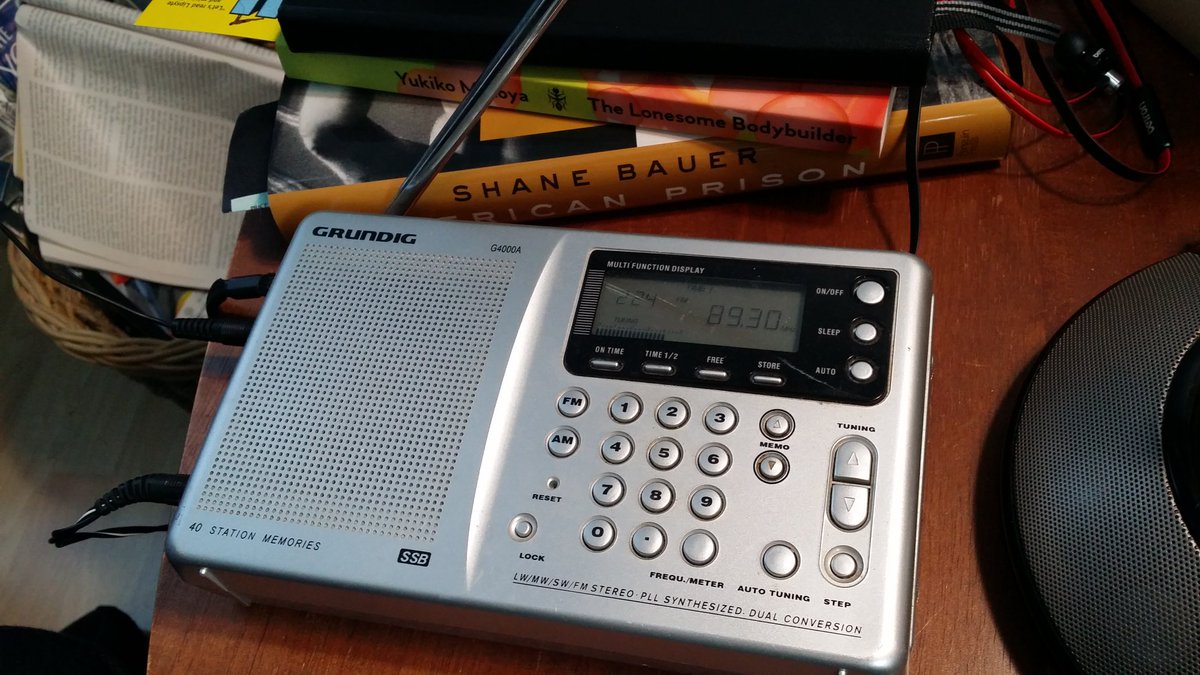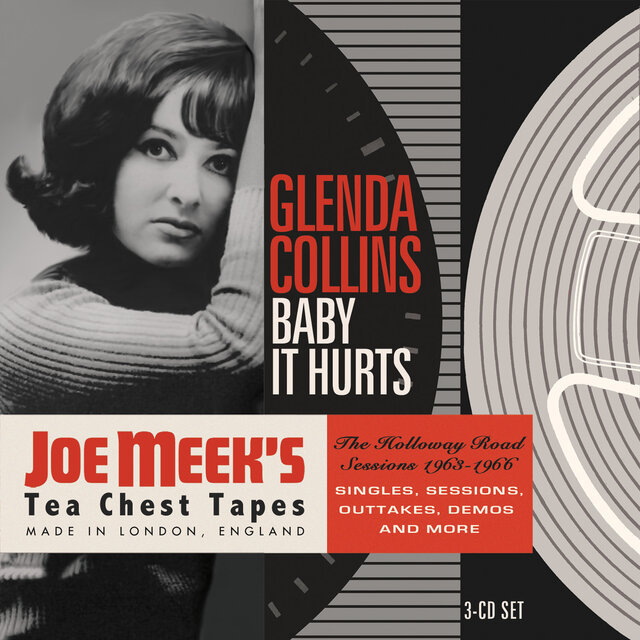 Many thanks to SWLing Post contributor and buddy, One Deck Pete, who writes with a question.
Many thanks to SWLing Post contributor and buddy, One Deck Pete, who writes with a question.
I am not sure if I have sent you this before but this alternative version of a Joe Meek produced single has what I think are shortwave samples bookending it and also a couple of times during the tune.
[Note that Pete originally posted this video on his own blog.]
Have you any guesses what they could be? It was produced in 1966, Joe Meek was a bit of an electronics wizard and I was told subscribed to Practical Wireless and loved a sound effect. It sounds like some fast Morse, telemetry or RTTY but I could be wrong.
Perhaps it isn’t shortwave-based but it sounds like it to me!
How about it SWLing Post readers? What are those digital sounds at the beginning and end of this recording? (Bonus points if you can decode!)

